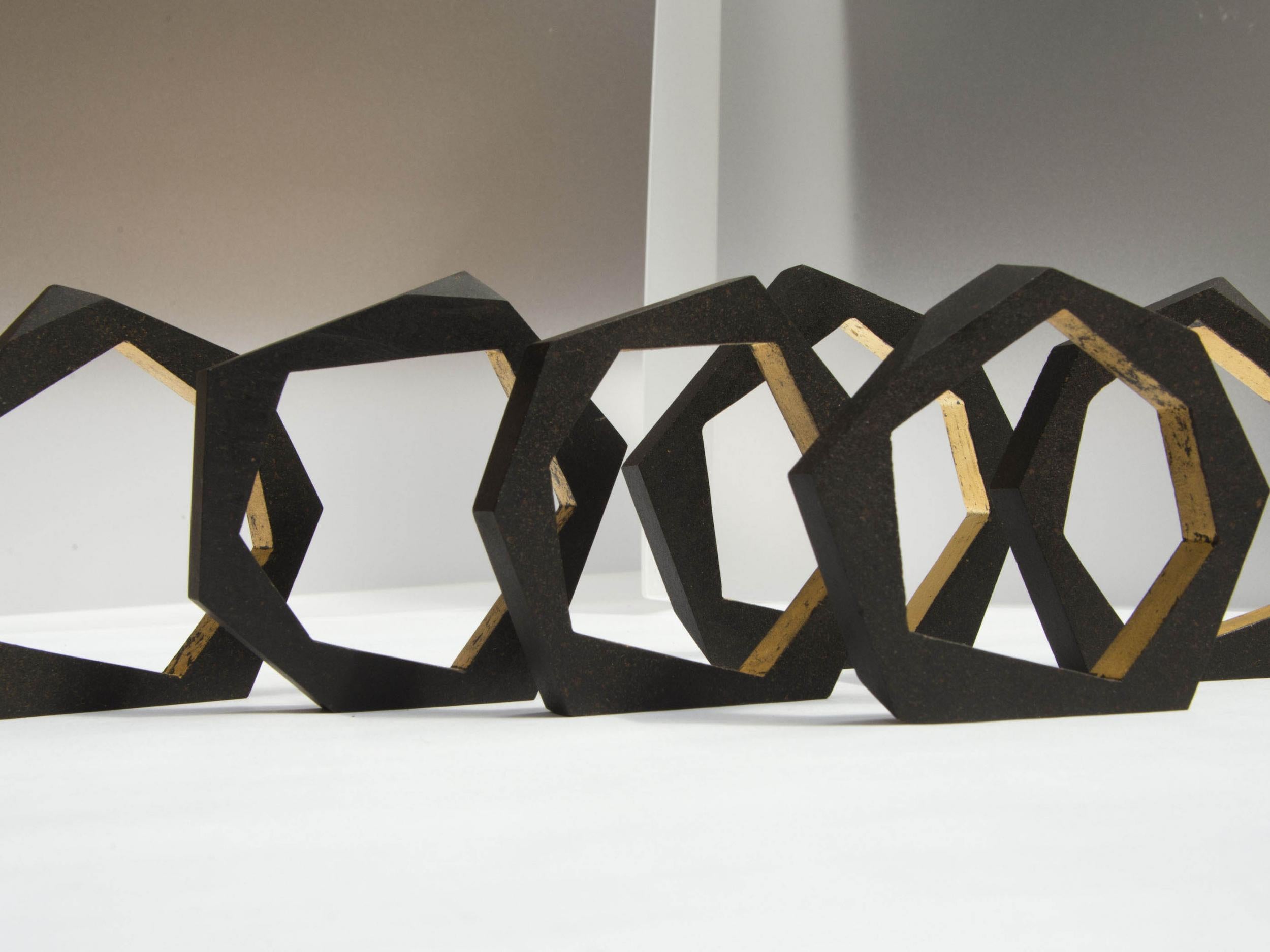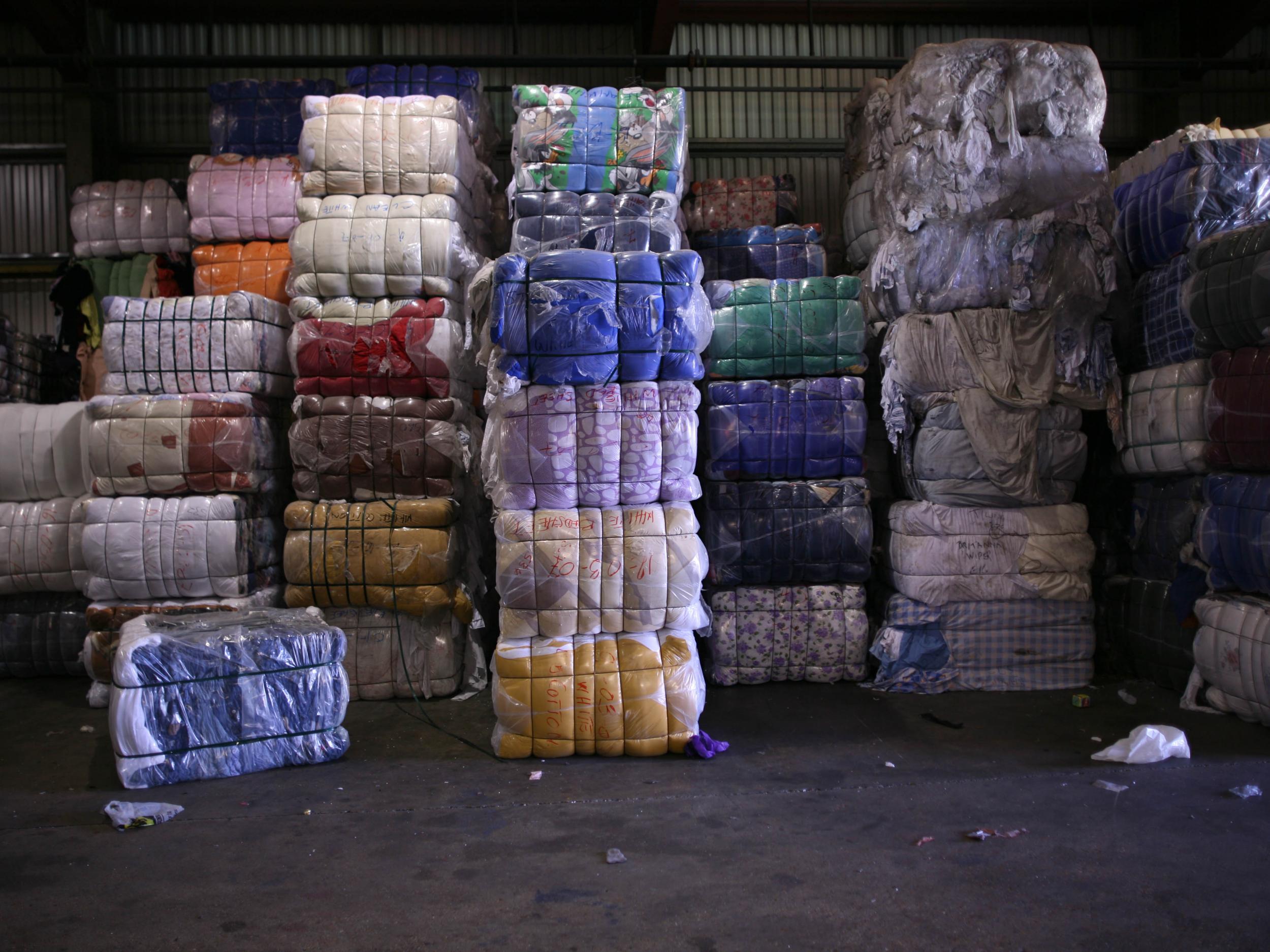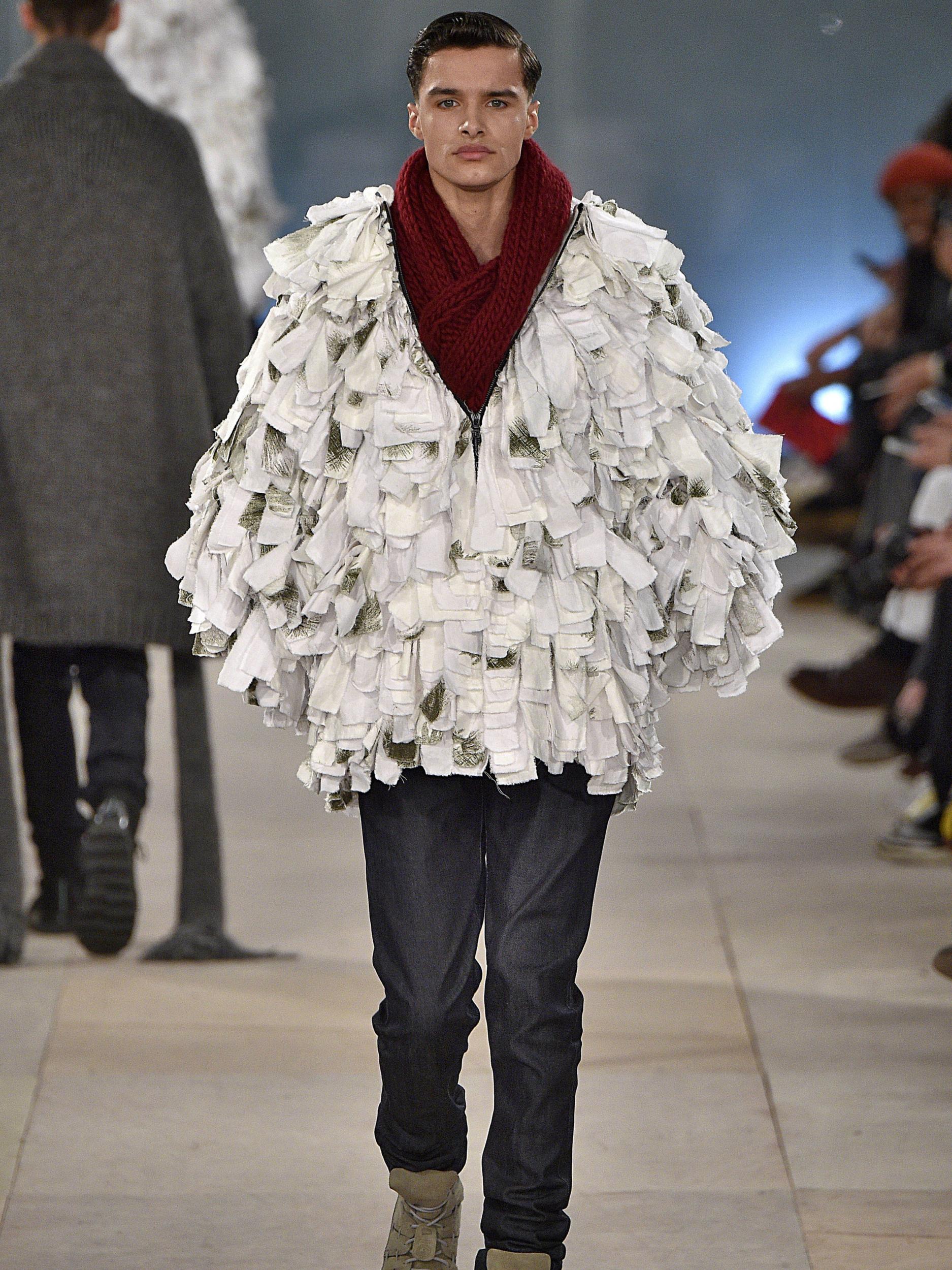How the fashion industry is helping the world's rubbish problem
In the battle against waste fashion is putting itself on the front line

Your support helps us to tell the story
From reproductive rights to climate change to Big Tech, The Independent is on the ground when the story is developing. Whether it's investigating the financials of Elon Musk's pro-Trump PAC or producing our latest documentary, 'The A Word', which shines a light on the American women fighting for reproductive rights, we know how important it is to parse out the facts from the messaging.
At such a critical moment in US history, we need reporters on the ground. Your donation allows us to keep sending journalists to speak to both sides of the story.
The Independent is trusted by Americans across the entire political spectrum. And unlike many other quality news outlets, we choose not to lock Americans out of our reporting and analysis with paywalls. We believe quality journalism should be available to everyone, paid for by those who can afford it.
Your support makes all the difference.In our disposable culture, fast-changing trends and cheap manufacturing mean we can throw things away without a second thought. The result is a waste crisis – plastics clog the ocean, landfill sites expand.
As waste continues to rise – each year we produce 3 per cent more than the year before – and as resources become ever-more scarce, the need to recycle existing materials is increasingly pertinent. Forty per cent of the world’s waste ends up in huge rubbish tips, which pose a serious threat to human health and the environment. Recent studies warn that by 2050 there could be more plastic in the oceans than fish. With these warnings in mind, the fashion industry is putting itself on the frontline of the battle against waste.
Fashion and recycling have worked in tandem for decades through upcycling, vintage and charity shops, but now designers are becoming increasingly adventurous, creating stylish, beautiful designs from an array of waste products. “Re-using materials such as plastic bottles is a form of mechanical recycling,” says Cyndi Rhoades, the founder of Worn Again – a textiles company experimenting with chemical recycling.
“It takes materials and melts them down to re-extrude the polyester they are made from. This is then turned into a new yarn and then spun into a fabric.”
The Hungarian brand SegraSegra focuses on recycling used bicycle inner tubes to create smooth, leather-style jackets and t-shirts, and New Zealand designer Emma Whiteside crafted a vast, sculptural gown from the sparkling metallics of recycled radiator copper.
Designers are also proving recycled materials make elegant outfits fit enough to grace the catwalk or red carpet. At this year’s Met Gala, actress Emma Watson’s sleek, monochrome gown woven from yarn made out of recycled plastic bottles made waves for its true sustainability and responsible sourcing.

UK-based designer Christopher Raeburn has become famous for his sustainable catwalk designs, making bold garments with utilitarian, elemental-hued silhouettes which use remade, reworked garments and recycled yarn.
As consumer demand grows for responsibly sourced clothes, big fashion brands are starting to think about sustainability too. Last year, Adidas collaborated with Parley for the Oceans to create a trainer made entirely of yarns and filaments reclaimed and recycled from ocean waste and illegal deep-sea gillnets.
Nike made socks, shorts and jerseys from shredded, recycled plastic bottles for the United States’ 2015 Women’s World Cup uniforms and since 2010 the company has diverted more than two billion plastic bottles from landfills into recycled polyester.
Rosalie McMillian makes jewellery from recycled coffee grounds collected from London offices, which she dries, compresses and contorts into bold, geometric shapes.

“I really do feel we can't sustain this disposable culture for very much longer,” says Ms McMillan. “I think sustainability should be the first thing people think of when they want to design something, asking ‘Where are the materials going to come from?’ ‘How and where will something be made?’”
“I don't really see myself as a fashion designer. For me when I think of fashion, I think of something that changes very quickly and that once fashion has changed you no longer want that item. I feel I make beautiful pieces that people can hopefully wear forever more.”
As ingenuitive as many of these concepts seem, this form of recycling is far from perfect. While it is a solution to intercepting waste before it becomes an environmental hazard, mechanical recycling is yet unable to deal with chemical by-products from the original materials and, most crucially, once these products have been recycled there are few means to recycle them again.
“When these textiles reach the end of their life, then what happens to it?” says Ms Rhoades. “Someone may throw it in the bin, give it to a charity shop, it may become downcycled into an inferior second life product that will eventually go to landfill – so this method of recycling is simply extending the life cycle of the resources.”
“If we really want to find a way not just to extend the life of resources, but to reuse them again and again as part of a continual cycle we need to find new methods of recycling,” says Ms Rhoades. And chemical recycling, she believes, could hold the answer.
Worn Again is company with a mission - to eradicate all textile waste. It has been developing chemical recycling for over three years and through trials and lab experiments they are perfecting a process where solvents are used to selectively dissolve different types of textiles, recapturing them as a raw material, which can be used to make new clothes.

According to WRAP, every year around 350,000 tonnes of used clothing, worth an estimated £140 million, goes into landfill in the UK. Worn Again’s vision is that all these unwanted garments will be collected in the future, dissolved and then remade into new clothes – abolishing waste.
The company foresee a “circular” fashion industry, meaning once a product has reached the end of its life, it gets reprocessed to recapture the raw materials which will then go back into the supply chain as new.
At the moment their work focuses on polyester and cotton which makeup around 70 per cent of all clothing we wear today.
“Those are the big ticket items if we want to solve the problem of textile waste. If we want to move to a circular resource model, polyester and cotton are good places to start,” says Ms Rhoades.
“It is a crazy proposition, and no small feat if you look at what goes into textiles - first the raw materials and all the different processes they go through. It sometimes feels impossible, but a fashion industry that’s completely circular with no waste will happen as technologies develop. That’s the ultimate future for textiles.”
Join our commenting forum
Join thought-provoking conversations, follow other Independent readers and see their replies
Comments